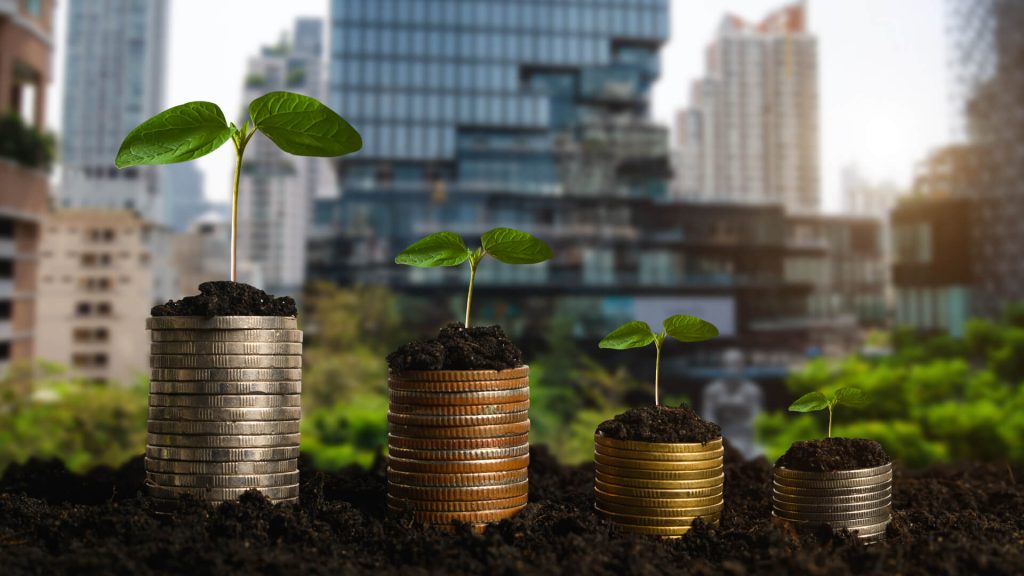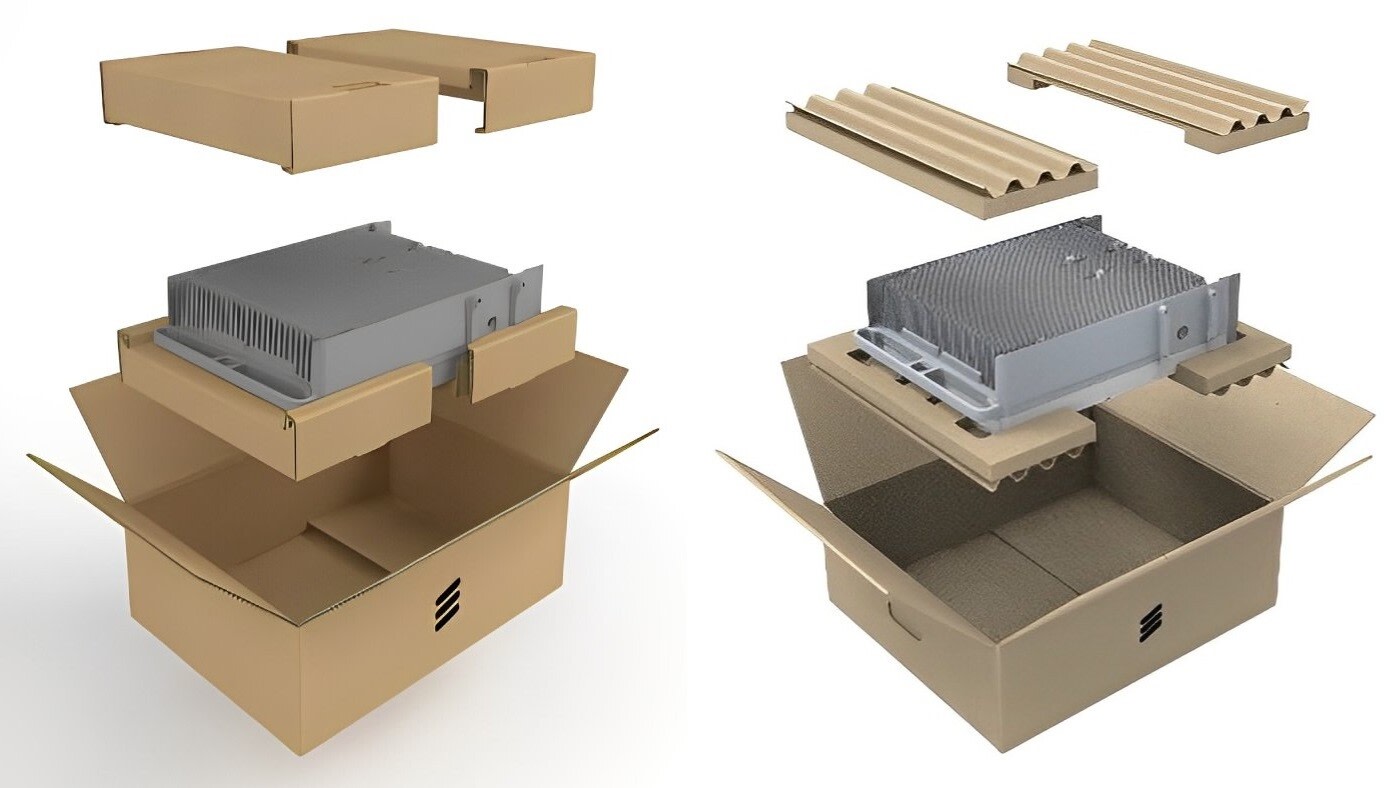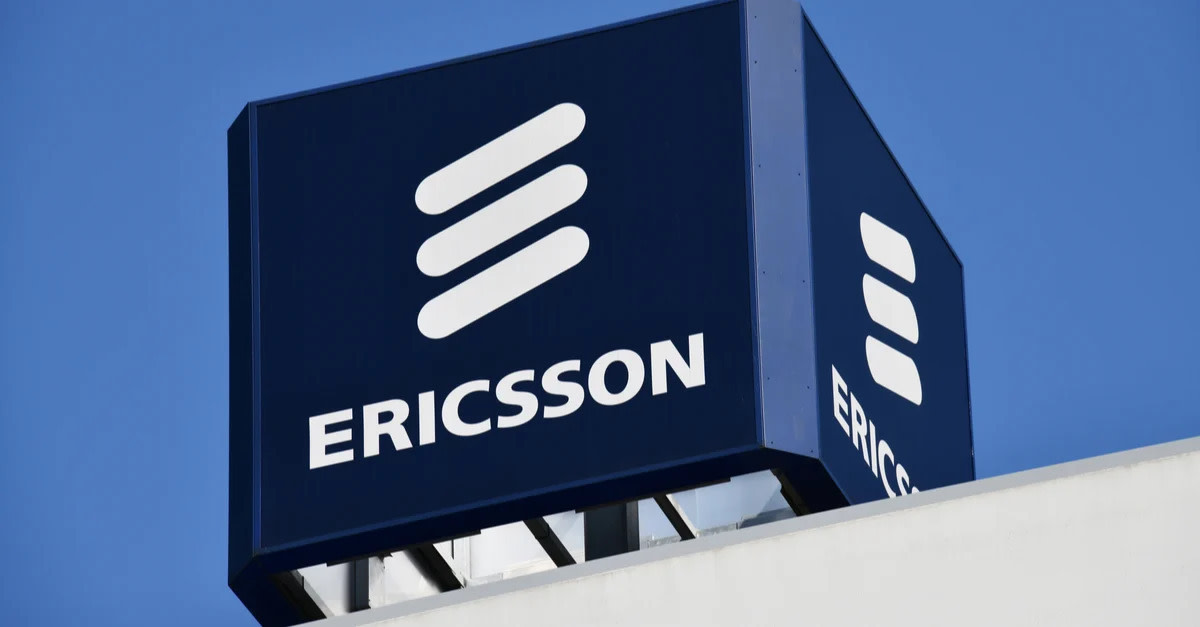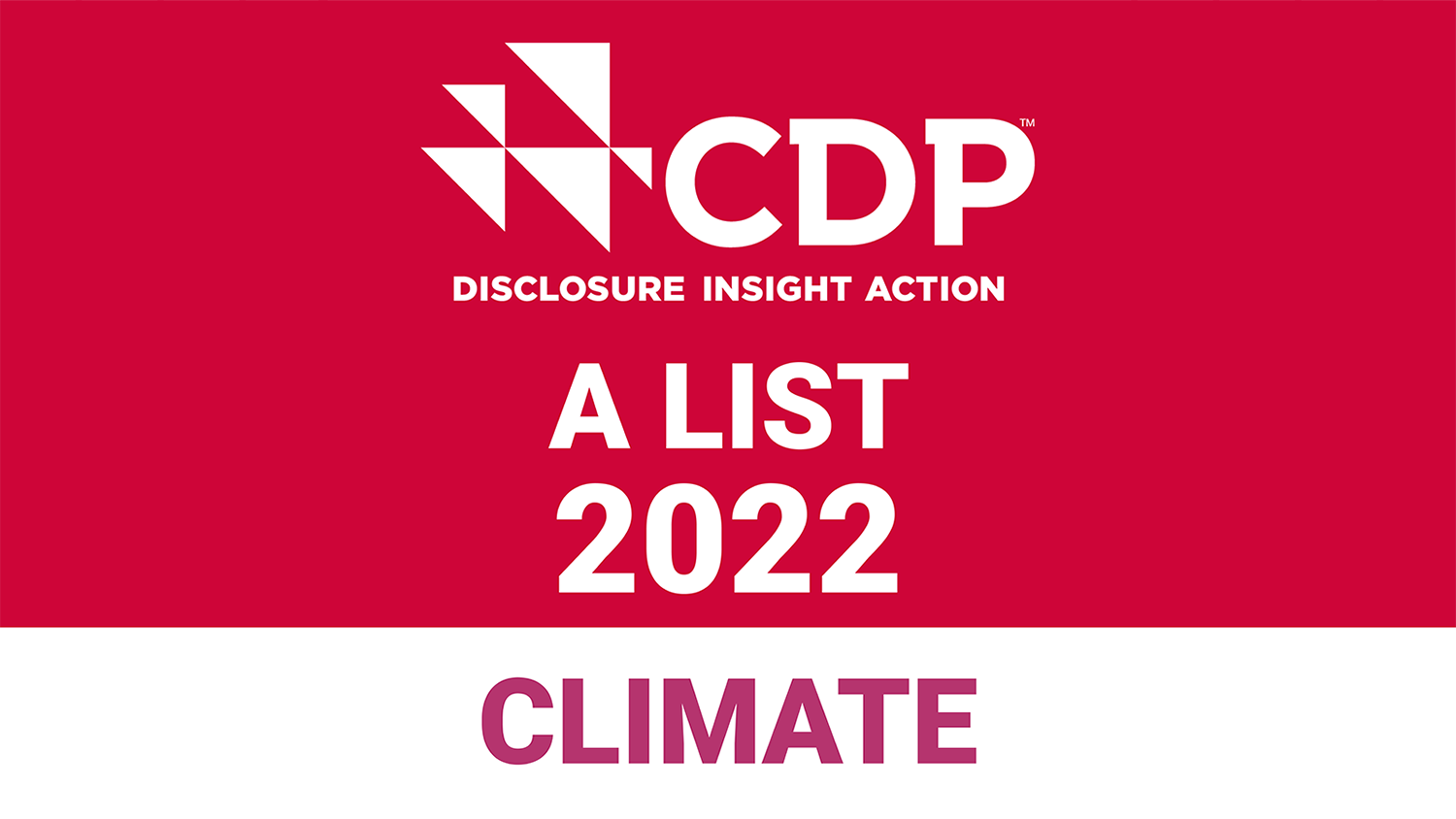Ericsson Breaking the Energy Curve Report 2022: 5G Network Success can be Achieved in an Energy-Efficient Way
Ericsson
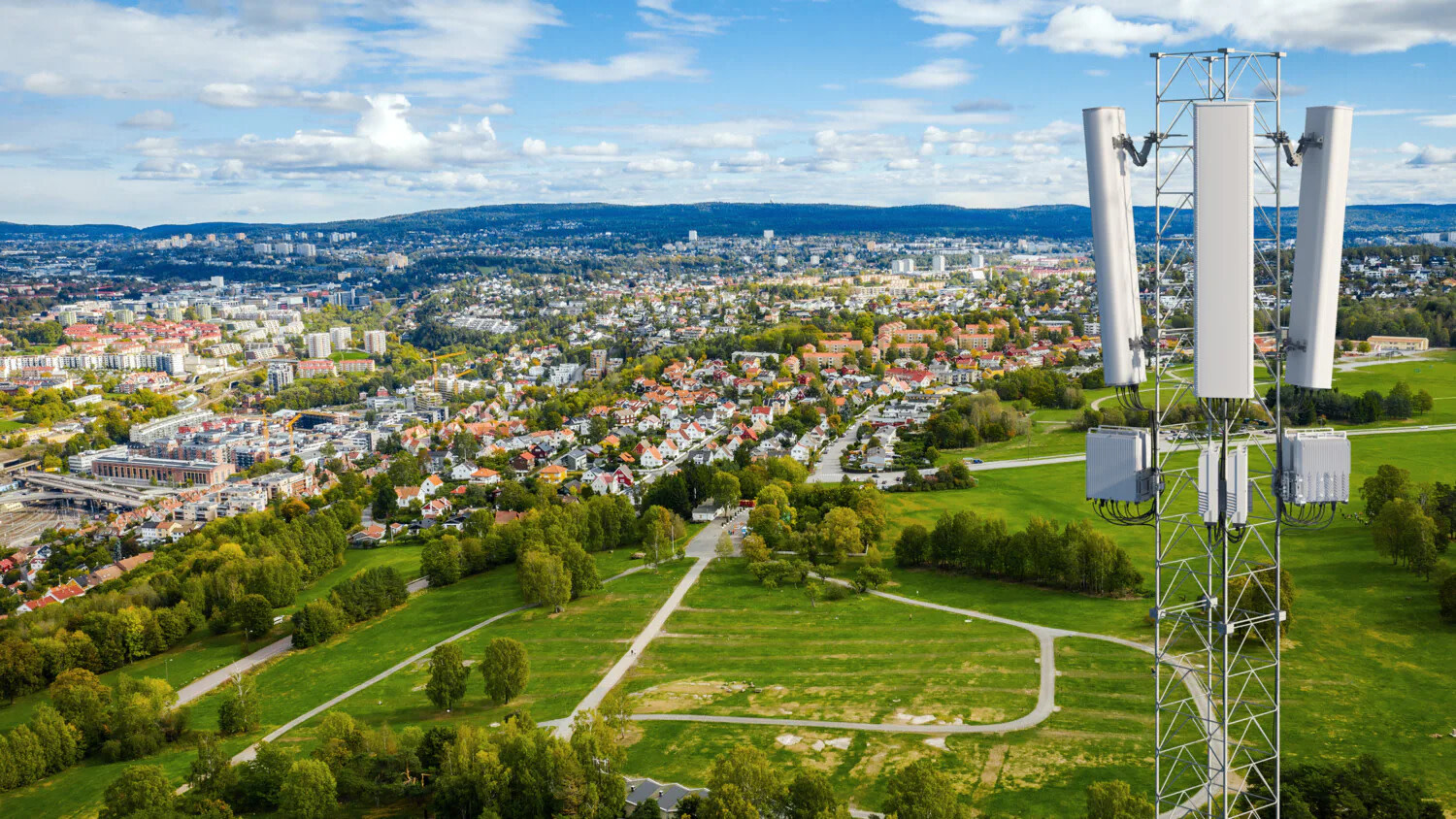
A new version of Ericsson's Breaking the Energy Curve report tells communications service providers (CSPs) how they can become more energy-efficient, sustainable, and cost-effective as they scale up 5G while still meeting their business and environmental goals.
Ericsson estimated the annual global energy cost for running mobile networks at around USD 25 billion in the 2020 first edition of the report. Since then, there have been problems with the global economy, like the energy crisis and rising inflation, so this number is now expected to go up.
These developments further focus on the need for CSPs to be even more efficient and sustainable in running their networks. The updated report "On the Road to Breaking the Energy Curve" from Ericsson is meant to help them reach these goals.
Fredrik Jejdling, Executive Vice President and Head of Business Area Networks, Ericsson, says:
“As global deployments of 5G connectivity continue, the benefits of an energy-conscious, future-proof portfolio are becoming more evident. However, it is also clear that the major energy consumption savings such a portfolio delivers across the network can also be strengthened by other actions.”
He adds: “We cannot continue with a ‘business as usual’ approach. Instead of making small changes here and there, we should update and change the network as a whole. We need to use the latest technological advances to make things that save energy and think about how to get the most out of our energy sources. To put it simply, we need to think differently.”
Since the last report came out, more than 200 networks around the world have added 5G. The updated report gives three steps on how to scale up 5G while keeping sustainability in mind and lowering the total amount of energy used by the network by going against what the industry has always done.
Plan differently – focus on a sustainable network evolution; embrace a holistic view of company targets and network realities to allow for network planning and operation supporting business and sustainability ambitions.
Deploy differently – effectively modernising the existing network is essential when scaling 5G to reduce the mobile network’s total energy consumption.
Operate differently – leverage artificial intelligence/machine learning (AI/ML) and automation to maximise the traffic performance of deployed hardware with minimised energy use.
As radio access network (RAN) products and solutions use the most energy in a mobile network, the report shows that CSPs need to keep making RAN energy savings a top priority as new generations of energy-efficient products come out. This is the best way to keep energy use under control while delivering an excellent user experience.
The report recommends taking a holistic view of network evolution, expansion, and operation to break the upward trajectory of energy consumption of mobile networks. This approach will also help address the challenge of exponential data traffic growth.
It shows how to be more energy-efficient, sustainable, and cost-effective while expanding the reach and benefits of 5G with new and more advanced use cases. This helps CSPs reach the overall goal, which is the projected Net Zero state by 2050.
Source: Ericsson
Download the report here


